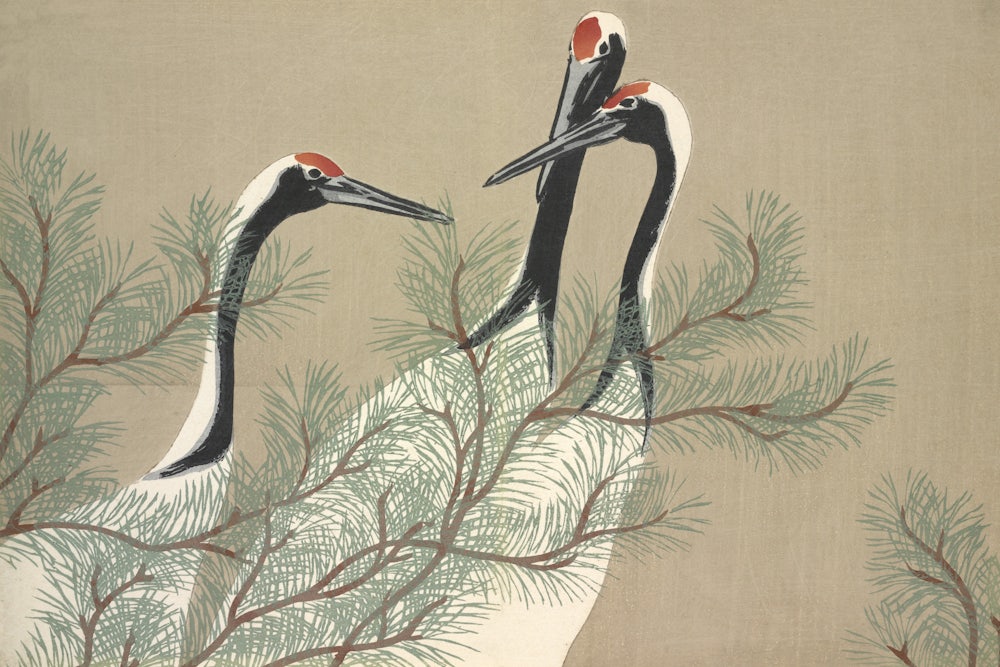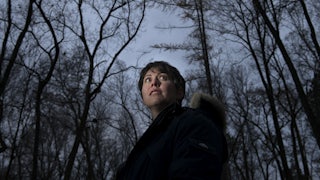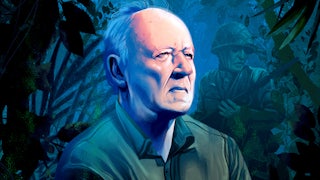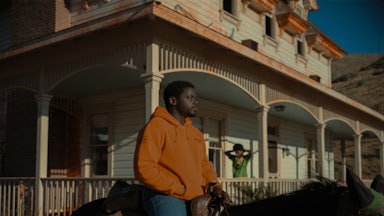The moral of a story is not always clear, or the same to everyone in the audience. This is true of the narratives we construct to make sense of our lives: We attempt to give devastating events a silver lining, or ordain our good fortune with the authority of fate, though others may not see it. One person sees their heartbreak, in hindsight, as the thing that taught them to re-evaluate what love, community, and friendship can really mean. Their friend, meanwhile, wishes they would have learned not to date married men.
This kind of multiplicity haunts folktales and parables; the moral depends on the disposition of the reader. “The Ugly Duckling” could be a story about the importance of not judging people by their outward appearance. But a cynical child might notice that, in order to join the flock of swans, the duckling had to transform. In the end, he was happy and loved when he was beautiful. The Parable of the Prodigal Son may read as an allegory for God’s forgiveness, or a story about parents having favorites and the impossibility of family dynamics.
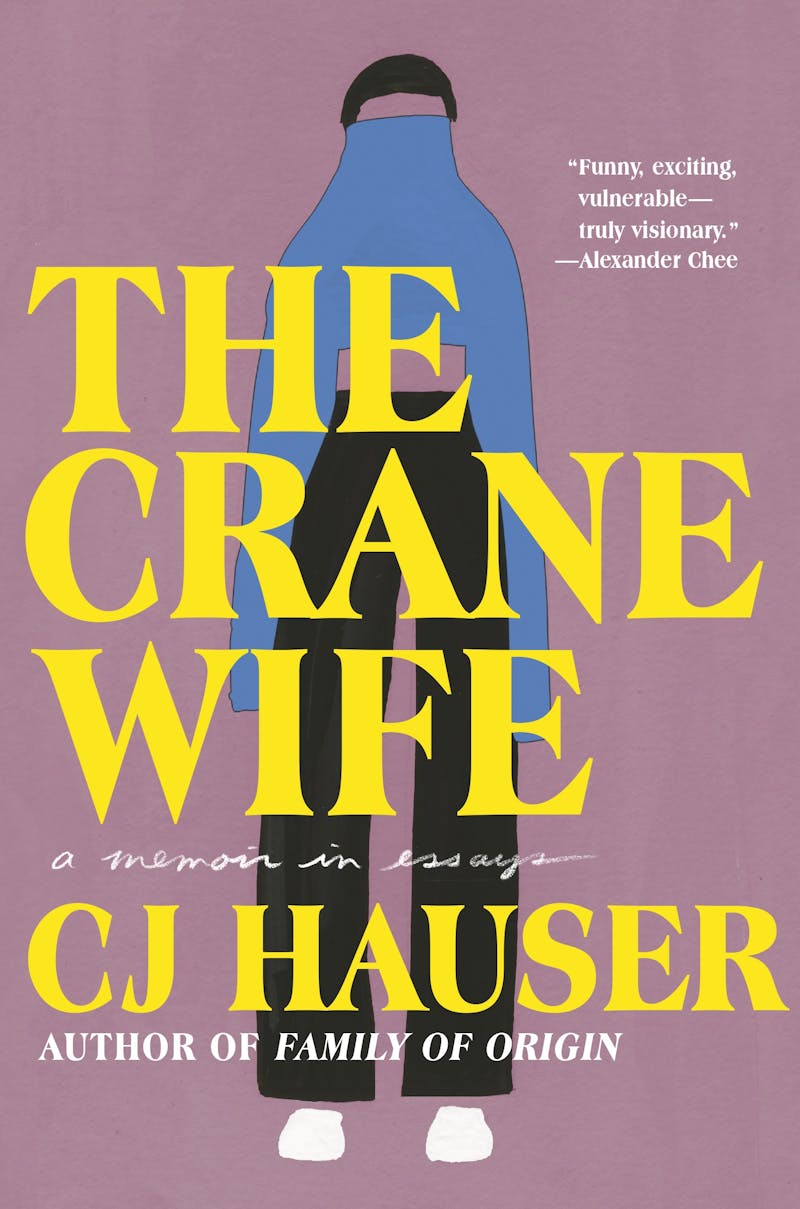
CJ Hauser’s 2019 Paris Review essay, “The Crane Wife,” took its name from a Japanese folktale. The viral success of the essay—according to the jacket copy, the essay reached more than a million readers globally—led to a book deal for Hauser’s first work of nonfiction, billed as a memoir in essays, also called The Crane Wife. The book consists of essays loosely themed around love and relationships, some from Hauser’s own life, and others collected from family members and friends.
In the title essay, Hauser has just broken off her engagement. She finds a copy of the folktale in the gift shop of the whooping crane reserve she visits as research for a novel. “Now there are so many versions of this story,” she writes, but in the version she is reading, a crane falls in love with a human man. She doesn’t think he will love her as a bird, so she tricks him into thinking she is a woman by plucking out all her feathers so they can marry. “She hopes he will not see what she really is: a bird who must be cared for, a bird capable of flight, a creature, with creature needs. Every morning, the crane wife is exhausted, but she is a woman again. To keep becoming a woman is so much self-erasing work. She never sleeps. She plucks out all her feathers, one by one,” writes Hauser.
The moral of the folktale, as Hauser sees it, is that heterosexual relationships often demand self-effacement, even self-annihilation from women. In her own relationship, she has found herself shaking off her fiancé Nick’s incidents of infidelity on the grounds that they hadn’t technically discussed monogamy. Along with more banal episodes of carelessness: She regularly asks for vocal declarations of love he isn’t in the habit of giving; she gets dressed up to go to a wedding, pleads for compliments, and is met with a shrug; and she’s presented with a birthday card Nick had intentionally left blank so it could be reused. She prefixes the parable with the lines, “I would not be a woman who needed these things, I decided. I would need less. And less.”
She sees validation of her view of the relationship when she experiences kindness on her whooping crane expedition trip. Another trip-goer, Jeff, overhears her explaining that she had called off an engagement and encourages her to drive the boat through the nature reserve to give her a sense of empowerment. The essay ends on the line: “I realized it was not that remarkable for a person to understand what another person needed.” The problem in her relationship was that Nick couldn’t see what she needed.
But Hauser’s reading of “The Crane Wife” isn’t the only moral you could see. I took from it that the crane should have married a crane; there is a certain degree of compatibility you can’t fake and that isn’t really the fault of anyone involved. You could also see a story about how love built on lies is doomed. Or about self-deception; because surely a naked bird does not quite look like a woman. Or about how love is a form of torture. There are probably other readings that don’t come to me too; this is all subjective. The weakness of many of the essays in The Crane Wife is that Hauser tends to elide the subjectivity of her experiences in favor of sweeping generalities that don’t quite ring true—particularly in statements about the way women are and how they act, and hence the form heterosexual relationships tend to take.
The opening section of The Crane Wife, titled “Blood,” tells a series of often fascinating love stories from Hauser’s family, as well as her own past, in the form of short vignettes. In one of them, Hauser recounts her relationship with a show-offy actor named Stanley from her college days. The passage starts with Stanley reading to her from the Iliad, as Hauser realizes that her more reticent role in their relationship causes her to shrink:
He’d been reading for fifteen minutes when I suddenly understood that sometimes people are not so much in love as they are in need of an audience. I was a backstage person who sewed and welded and toggled light boards and perhaps this is why I was slow to understand this—but once I did, I began disappearing myself. A good backstage person. A good woman.
This is a neat observation, and it has the feel of truth. But when you think about it, does it really stack up? Some women are good backstage people, but some are leading ladies, and not only in terms of beauty or glamor. We all know, in our real lives, women who are practical, self-effacing “keep the peace” types. But we also know those who are showy, flamboyant, larger-than-life characters, who naturally command an audience. We all know happy, wonderful relationships in which one partner is effectively a flower, demanding attention and admiration, and the other is their soil and water and sunlight. Is the role of sunlight and water and soil necessarily lesser? Can’t the need for an audience, from one particular person, be love? Does it sound crass to say that I think that’s actually a pretty good definition of love?
It’s not only that generalities such as this one aren’t really true to life, but that leaning on them can steer the essays in The Crane Wife away from more specific and interesting and, paradoxically, universal territory. When “that’s the way women are” takes the place of “that’s the way I am,” the anecdotes can feel pat and under-examined. Is the point in the above anecdote that Hauser is a backstage person, just like all women are, or that she has found herself playing the role of a backstage person when, at heart, that’s not really who she is? Can’t every woman—every person, really—relate to the feeling that they have been cast in a role that doesn’t fit?
The tendency to generalize is a shame because Hauser is excellent at capturing the weird, beautiful essence of life when she deals in the specifics. The Crane Wife is full of fascinating, vividly drawn characters. Hauser’s grandfather, for example, who was raised out of a car during the Great Depression and went on to become the president of CBS News. His wife, who kept a framed picture of the buzzards from her backyard on her desk and called them her “Big Boys.” Hauser’s sister, who is currently bringing up a baby in the ghoulish setting of Shirley Jackson’s old house, surrounded by rickety turrets and rocking chairs. At points, the language can be a little too swashbuckling for my tastes (there are a lot of “goddams” and at one point a house—not Shirley Jackson’s—is referred to as “the haunted-ass property”) but Hauser’s writing has a genuine warmth and kindness that is entertaining and engaging in equal measure.
The most captivating relationship in the book is one Hauser begins as a teenager, with someone known only as “the boy,” a relationship that carries into her twenties, and her thirties, in a fashion. “Most people thought of what you had as a teenage infatuation, but it wasn’t. Even now you sometimes think of the high-octane intimacy that passed between you and wonder if someone older could have survived it,” Hauser writes in “Act One: The Mechanicals,” the first essay about him in the collection. He reappears over the course of the book and this drama never really wears off. I don’t mean this as a pejorative; romance should be dramatic. When collating my notes on the book, I discovered I had written “I love teen romance,” not once, but three times in the margins beside descriptions of “the boy.” There are middle-of-the-night phone calls and addiction issues and ultimatums. Elsewhere he is “the one who was first in every way that could matter. First love, first sex, first wounds.”
This intensity of description is unmatched elsewhere in the book. The men Hauser gravitates towards dating in her thirties are not well drawn. Nick, the fiancé from “The Crane Wife,” is outlined only as a kind of void of both personality and decency. (If there is one generalization about women I feel happy to make, it is that none of us should marry a man who says he is with her because she likes beer, as Nick says.) Joey, a Tinder conquest, comes off as a generically despondent yet affable type: “Joey saw himself as a tragically doomed sort of person. He wasn’t. He was lovely and capable.” An unnamed man, referred to as “Maxim,” is sketched mostly in terms of his ex-wife and how Hauser describes her feelings about this previous relationship by comparing herself to the young and vulnerable unnamed narrator in Daphne du Maurier’s novel Rebecca.
When these boyfriends aren’t described negatively, they remain nondescript. Peter, a man who had also been married before and who has a daughter around the same age as Maxim’s, is a “totally lovely man.” These characters are neither memorable nor easily distinguished from each other. (Even the names—“Nick,” “Peter,” “Joey”—feel like stock names.) When they appear again, threaded into the lessons learned from other stories, it can be difficult to keep track of exactly who or what is being discussed. Mostly when they reappear, I wish I was reading about “the boy” instead.
Ostensibly, Hauser’s relationship with “the boy” ended because he cheated on her with a yoga teacher when they were both in their twenties. I’ll admit I didn’t fully understand why that heralded such a clear ending: Dreary old Nick from “The Crane Wife” cheated too, and that didn’t end things with him. There is a point where, after years of estrangement, Hauser and the boy meet at a wedding (this is not a spoiler, it happens early on). They talk and get along well again. When the wedding ends, she kisses him on the cheek and they head back to their respective motels. In the morning she wakes up to discover he came looking for her in the middle of the night and the staff told him she wasn’t there and sent him home.
Hauser is relieved: “You realized that this generous woman working the night shift at the goddam Sea Breeze motel had more sense than you, and she’d met him for only two minutes.”
“What!” I hissed out loud when I read this. I didn’t understand it. If someone you had loved like that came running after you, wouldn’t you jump in your car and drive across the desert or the country or the city to wherever they were? And when you got there, wouldn’t you stand outside their room and throw stones at the window and shout up “Hey. I’m out here, I never went away!” But maybe I am just being a hopeless romantic. A hopeless woman! Or maybe that’s the thing about morals and stories: Even us women don’t all see the same one.
